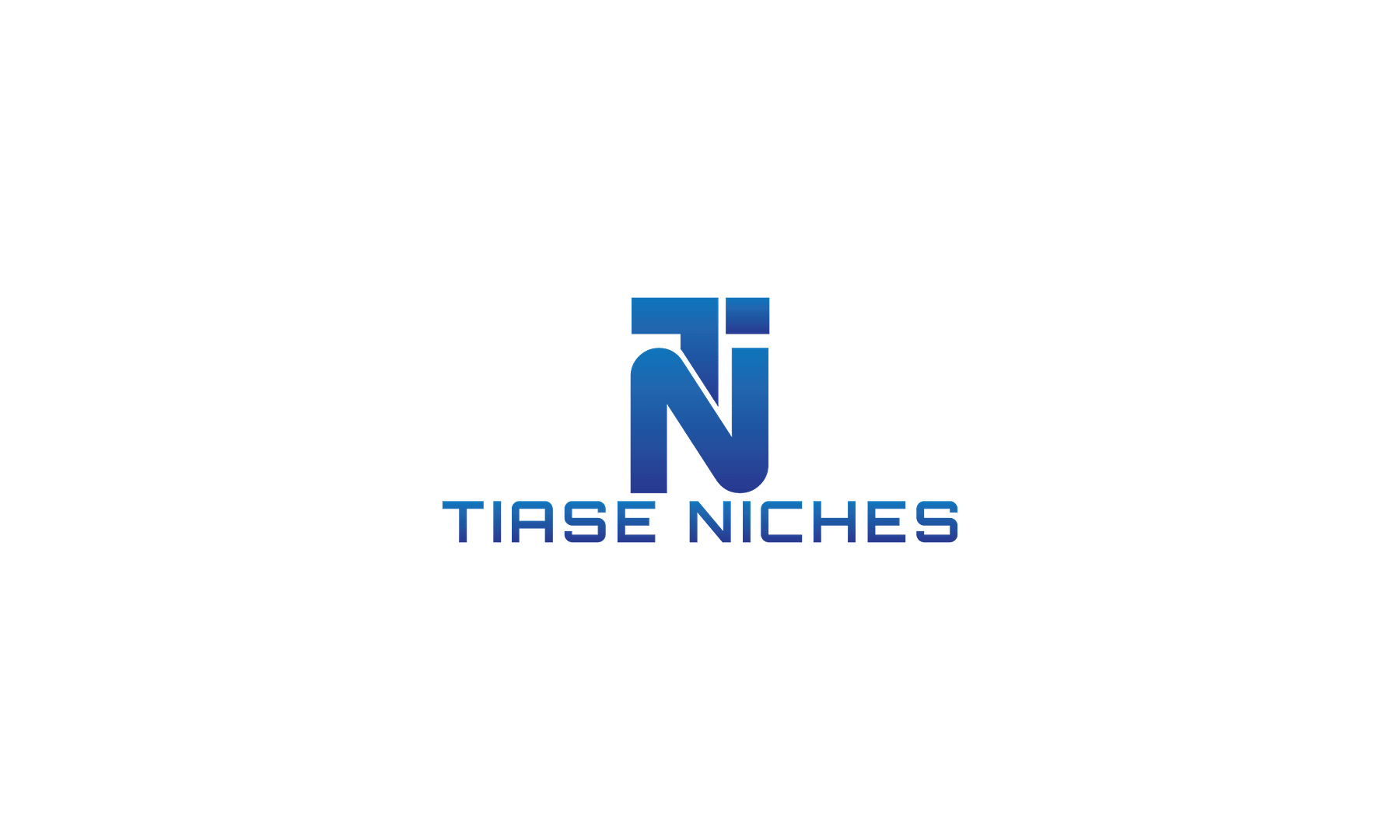In today's competitive business climate, small businesses must find new and innovative ways to grab the attention of their prospects and customers, as it has become increasingly challenging to engage their target audience via traditional channels.
With this in mind, storytelling is among the most effective ways to capture consumer attention as it goes beyond unique selling propositions and sales pitches.
Likewise, a well-crafted story presents a brand's voice, background, and identity and can help prospects and customers understand a brand differently.
Thus, modern marketers consider storytelling necessary for growing a small business.
In this post, we'll explore the power of storytelling to help grab consumer attention, build relationships, and convert leads - and provide you with actionable tips on making storytelling an integral part of your marketing strategy.
So what are you waiting for?
Join us as we explore the power of storytelling and uncover the secrets to successful marketing.
Five reasons to use storytelling in marketing:
1. Customer Motivation
A captivating story can create an emotional connection with prospects and customers, making it challenging for them to turn down a well-designed call to action.
2. Memorable Brands
A great story can help differentiate your brand while making it easily remembered by your target audience.
3. Attitudes and Opinions
Incorporating stories in blog posts, press releases, opinion pieces, or sales pages can persuade your audience to take action and change their attitude and opinion of your brand and how it compares to competing firms in the marketplace.
4. Trust and Relationships
Sharing clients' testimonials, media mentions, anecdotes, or stories with your audience can build trust and strengthen relationships.
5. Creating Neuro-Associations
Using stories to create strong connections between your brand and certain emotions or memories can transform your brand significantly.
Four steps to master storytelling in marketing:
1. Understand Your Audience
To engage your audience, you must customize your story to appeal to their tastes, preferences, and pain points.
2. Establish Your Purpose
Your marketing story should solve your prospects' problems without being overly promotional or sales-driven.
3. Craft an Engaging Message
Your story should hook your audience and evoke emotions.
With this in mind, strive to assume human characteristics in every story element.
4. Be Persuasive
Your story should motivate your audience to take action.
Consequently, use a call to action that people will want to take and maintain a cheerful, empathic voice that fosters trust and positive feelings from your audience.
Remember, storytelling is an effective way to bolster lead generation, but only if you share issues relevant to your audience that can positively impact them.
By following these steps, you can master the art of storytelling and achieve improved engagement, conversions, revenue, and ROI.
In conclusion
Storytelling is a powerful marketing tool that can help small businesses capture the attention of modern customers, create emotional connections, and build strong relationships.
Consequently, following the steps outlined in this post, you can master the art of storytelling and more quickly and easily achieve your marketing goals.
Talk Soon,
Erik
We implement creative, results-based digital marketing strategies for local business clients.
You can visit our home page and view our service plan options by clicking the button below.
